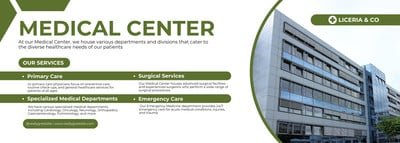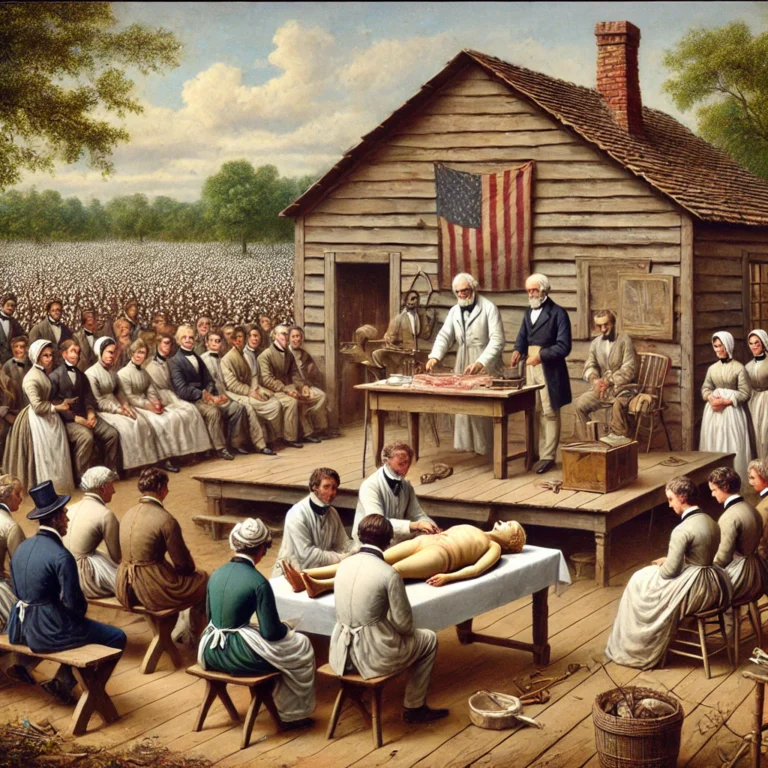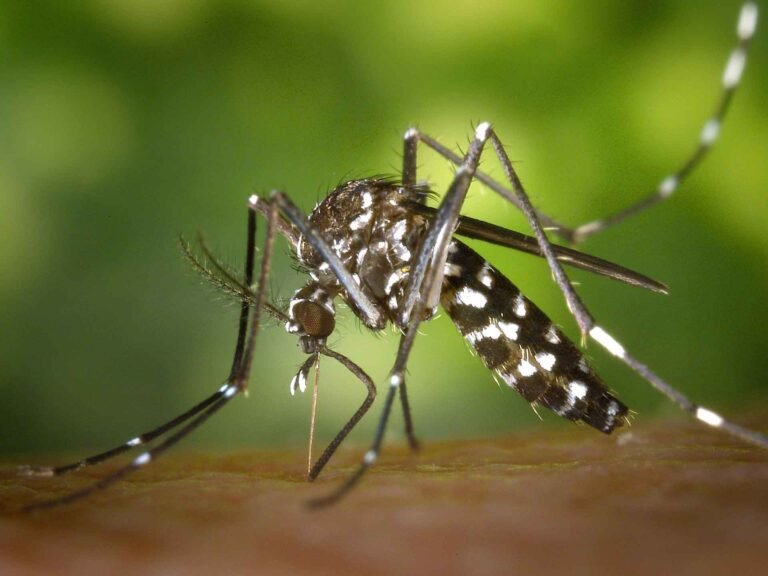Say Goodbye to Period Pain – Doctor-Approved Solutions Inside
Period pain is an incredibly common experience that millions of people go through every month. Whether it’s sharp cramps, lower back pain, or bloating, these symptoms can greatly affect daily life and well-being. Fortunately, there are multiple effective strategies for easing period pain and achieving comfort during menstruation. This comprehensive guide covers the most effective…





